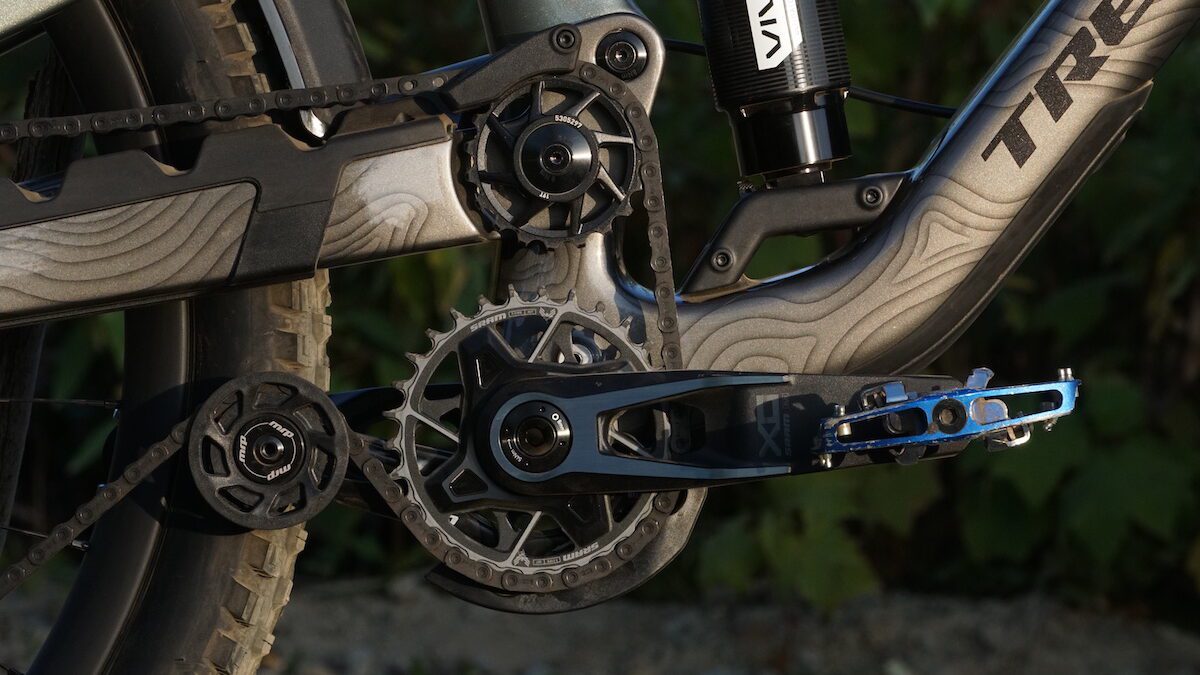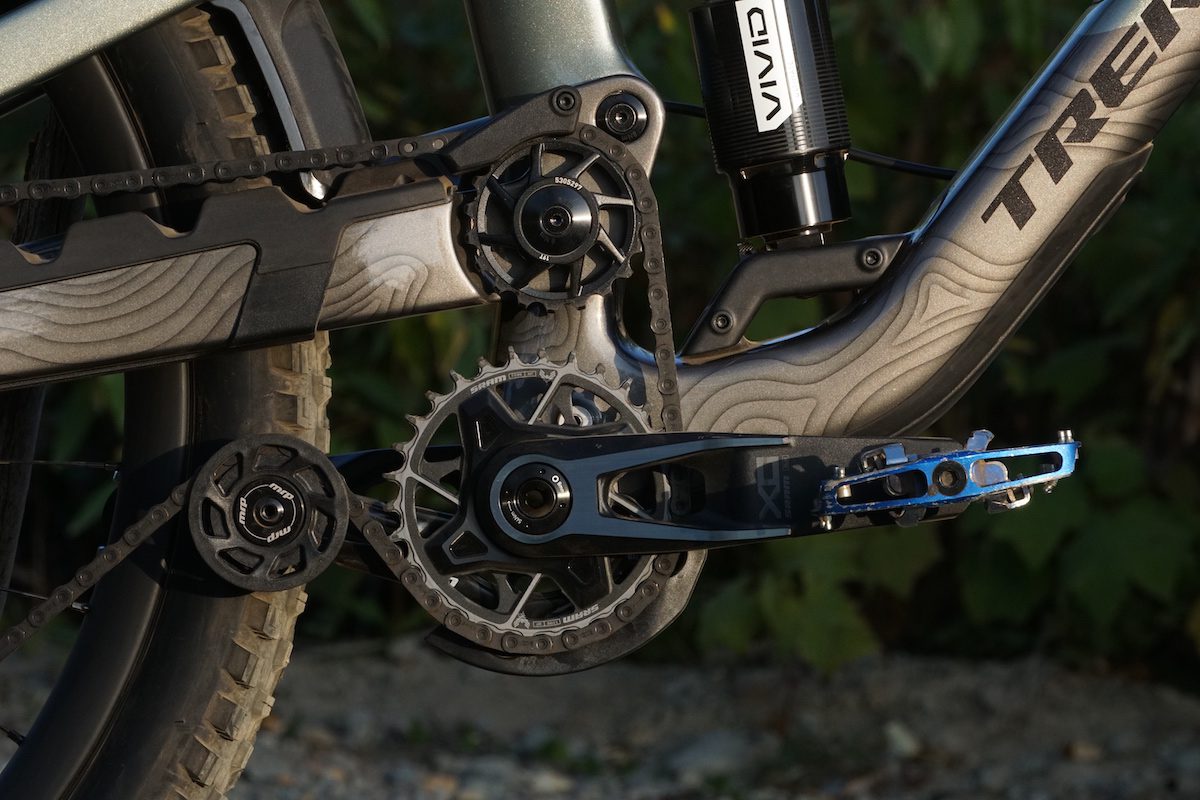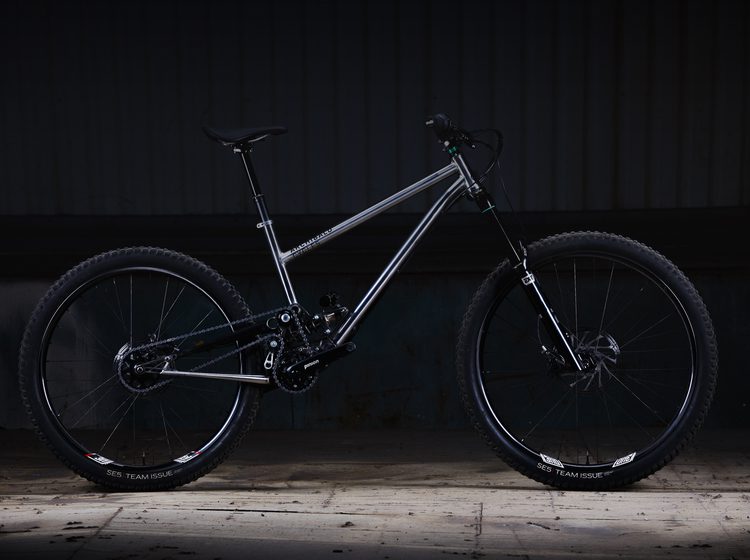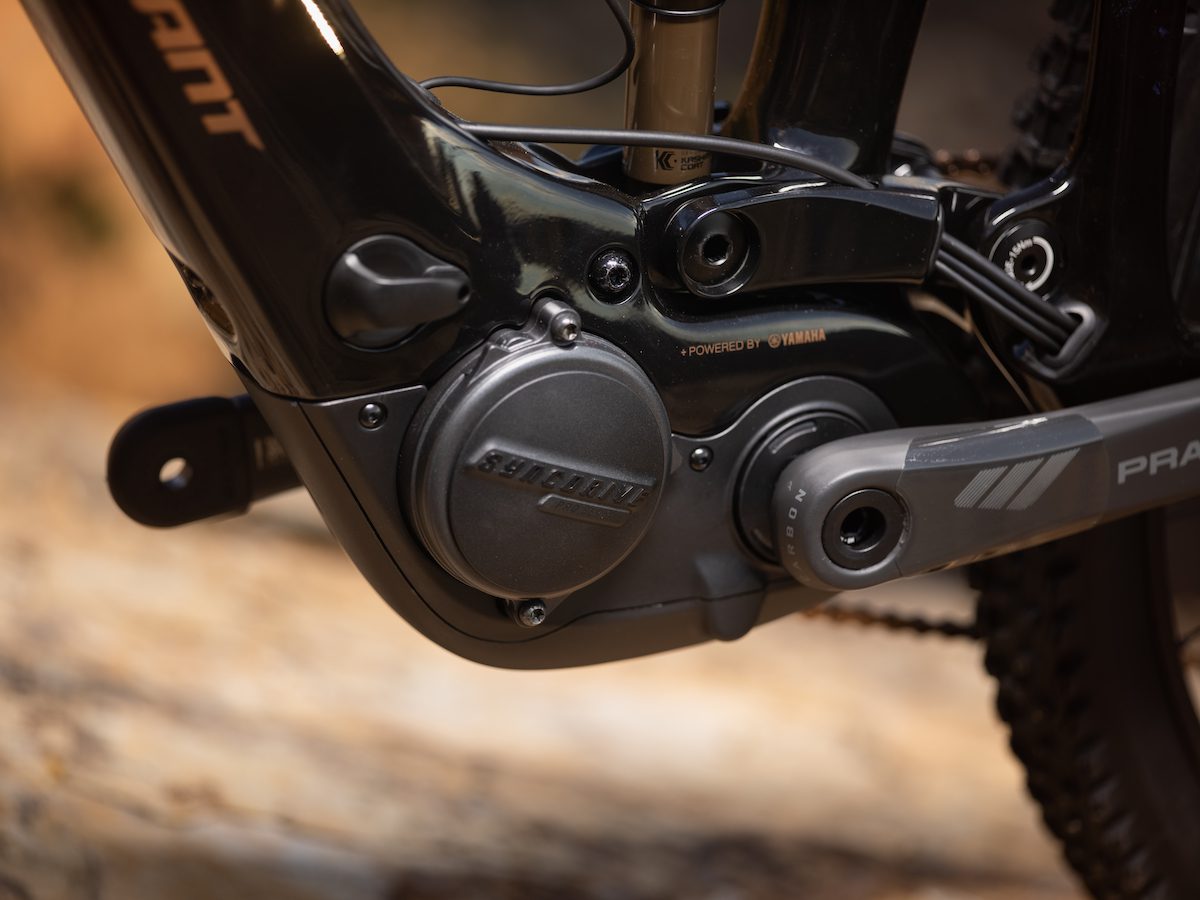2024 mountain bike trends to watch
What new innovations will next year bring?

Mountain bike design is always shifting, changing and, in theory at least, advancing. In 2023 that appeared to mean more bigger, more complicated bikes, more electronics and, of course, the “end of the derailleur hangar.”
So, where is mountain bike design headed in 2024? What bike part will the endustry render redundant in 2024? Here are a few directions we see bike design moving.
2023 Hits and Misses
Before we launch into what comes next, lets take a look back at 2023 and what happened versus what we thought would happen, or wanted to happen. Turns out, we weren’t too far off. The drive to hide cables is still in full titlt. eMTBs are getting ligther and more specialized. Dropper posts are longer, though not as many brands are embracing the 34mm post diameter standard as we’d like. As for bike prices, we’ll, they’re all over the map. 2023 saw both the release of some stratospherically priced bikes and, in the latter half of the year, steep discounts on new bikes. Some of that is overstock, but some brands are also adjusting prices back down after the pandemic boom. Where prices will settle remains to be seen.
2024 trends to watch

High pivot trend peaks
It’s not over. Expect more new high pivot bikes this year. In more categories. But we’re also expecing riders to get tired of heavier bikes that require more maintenance and have more wear parts. Yes, the best versions ride absolutely amazing and will likely, and hopefully continue. But high pivot isn’t a design that has universal appeal. For many riders the benefits don’t outweight the cost, or don’t apply to where or how they are riding. After a years-long crescendo, we expect the high pivot hype to start fading.

Ever more electronics
Companies continue to find more creative ways to add electronics and batteries to bikes. We’re not saying these are all necessarily good ways, or that they’re driven by consumer demand or even need, but brands certainly are getting very creative. Some are great. Others are the antipothesis of good engineering: they just add unecessary complication without any improvement in function. But we don’t see this gadget trend dying down anytime soon.

New designs will shake up the industry
After decades of dominance by the standard drivetrain, a few viable alternatives have appeared in recent years. Some, like gearboxes, have existed for a while but might finally be maturing to the point where a mainstream brand might use them. Others, like LAL bikes out of B.C.’s Sunshine Coast, are looking to shake things up in other ways. All this comes as derailleurs, once the brittle achillies of mountain bikes, are tougher (and more expensive) than ever, though.

Always more eBikes
Thought we’d reached peak eMTB hype? NOPE! Even small companies and boutique brands are being dragged into eMTB. The big question is: what happens next? Is this actually being driven by rider demand? Or just marketing hype? (remember when every brand had to make a fatbike? No?) And what happens to normal mountain bike development while these brands are throwing so much cash at electric bikes? Will it stagnate? Will it be dragged into the service of selling more eMTB (*cough* Santa Cruz’s nearly-e wide downtubes)? What happens to legacy service for e-system parts when brands are constantly rolling out new systems? There is a lot of talk about “the next big thing” in eMTB marketing, and not a lot of talk about how to make this a sustainable part of the market (except, maybe, Shimano’s Linkglide system).

Even more integration
Another polarizing trend in mountain biking is integration. Headset routed cables, one-piece bar-stem combos, hidden shocks: many brands seem to be taking their design cues from modern road bikes. Certain brands appear to be buttering us up for the arrival of hidden cable routing that starts right from the bars. This already exists on the road, where, it should be noted, it is an absolute nightmare for mechanics. There have also been attempts at this with flat bars in the past. But 2024 could be the year stealth brakes, headset routing and one-piece bar-stem’s come together in an unholy mess of fully concealed cable routing.
What do we want to see?
While there is no doubt that all these highly complex race machines work well, eeking out an extra percentage or two in efficiency and speed, not everyone needs a super bike to enjoy the trails. We want to see more attention given to designs that are simple and more affordable. Less electronic wizardry, simpler cable pathways and, once you get all the extra pulleys and linkages out of the way, maybe even a better balance between weight and durability. We’re not asking for a return to single-pivot bikes and only single pivot bikes, though they do have their place. But there are many suspension designs that don’t require heaps of extra complication (and weight) to work well, especially with how good modern shocks are. Lets use all this knowledge we’ve learned developing super bikes to make a really simple bike that works as well as a simple bike can, at a nice reasonable weight and a nice reasonable price, please.
